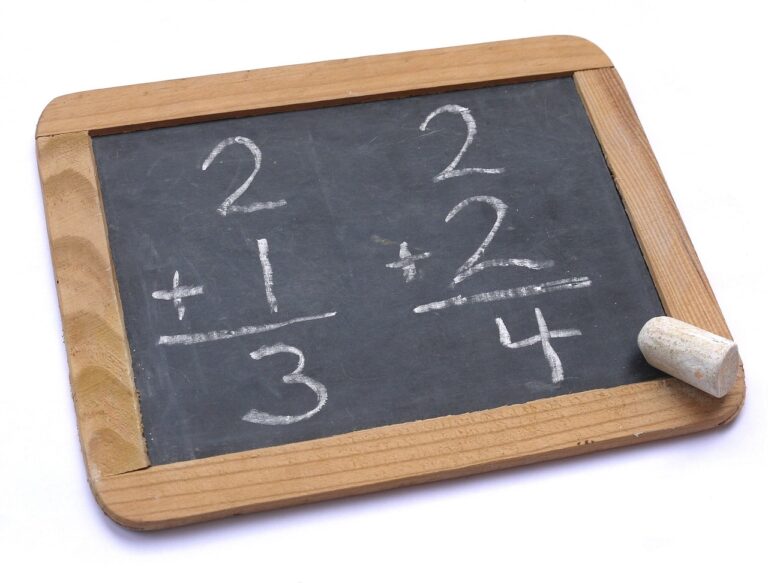The Impact of Standardized Testing on Education
Standardized testing, with its roots tracing back to ancient China, has evolved significantly over the centuries. The concept of standardized tests can be attributed to the imperial examinations known as the “keju” system, which emerged during the Han dynasty around 206 BCE to 220 CE. These examinations were designed to select government officials based on their knowledge of Confucian texts and traditional Chinese literature, marking the beginning of standardized assessment in an educational context.
The keju system underwent further developments under the Tang dynasty (618-907 CE), expanding to include a broader range of subjects and solidifying the use of standardized testing as a means of evaluating candidates for civil service positions. This system persisted for more than a millennium, demonstrating the enduring influence of standardized assessments in shaping educational and professional opportunities. Over time, standardized testing spread to other parts of the world, adapting to suit the needs and priorities of different societies while retaining its fundamental purpose of objectively measuring individuals’ knowledge and skills.
The Influence of Standardized Testing on Curriculum
The role of standardized testing in shaping curriculum cannot be understated. As educational institutions seek to meet the stringent requirements set by standardized tests, there is a significant shift towards a more structured and uniform curriculum across schools. This has led to a standardized approach to teaching, with educators feeling pressure to tailor their lesson plans to ensure students are adequately prepared for these high-stakes assessments.
Furthermore, the emphasis on standardized testing has led to a narrowing of the curriculum, with subjects that are not covered on these tests often receiving less focus in the classroom. As a result, areas such as the arts, physical education, and even social studies may be relegated to the background as schools prioritize teaching the material that will be directly assessed on standardized tests. This one-size-fits-all approach to education has raised concerns about the holistic development of students and the limitations it places on the diversity of learning experiences available to them.
What are the historical origins of standardized testing?
Standardized testing can be traced back to ancient China, where civil service exams were used to select government officials. In the United States, standardized testing became more prevalent in the early 20th century with the introduction of the SAT and other college entrance exams.
How does standardized testing influence curriculum?
Standardized testing can have a significant impact on curriculum as schools may prioritize teaching to the test in order to improve their scores. This can lead to a narrowing of the curriculum, with less focus on subjects that are not tested or on critical thinking skills.
Are there any benefits to standardized testing in terms of curriculum?
Some argue that standardized testing helps to ensure accountability and measure student progress. It can also provide valuable data to educators and policymakers on how well students are meeting academic standards.
How can schools mitigate the negative effects of standardized testing on curriculum?
Schools can balance test preparation with a well-rounded curriculum that includes subjects not covered on standardized tests. They can also emphasize the importance of critical thinking skills and creativity in addition to test-taking strategies.
What are some alternatives to standardized testing for measuring student learning?
Some alternatives to standardized testing include performance-based assessments, portfolios, and project-based learning. These methods can provide a more comprehensive and authentic measure of student learning.





